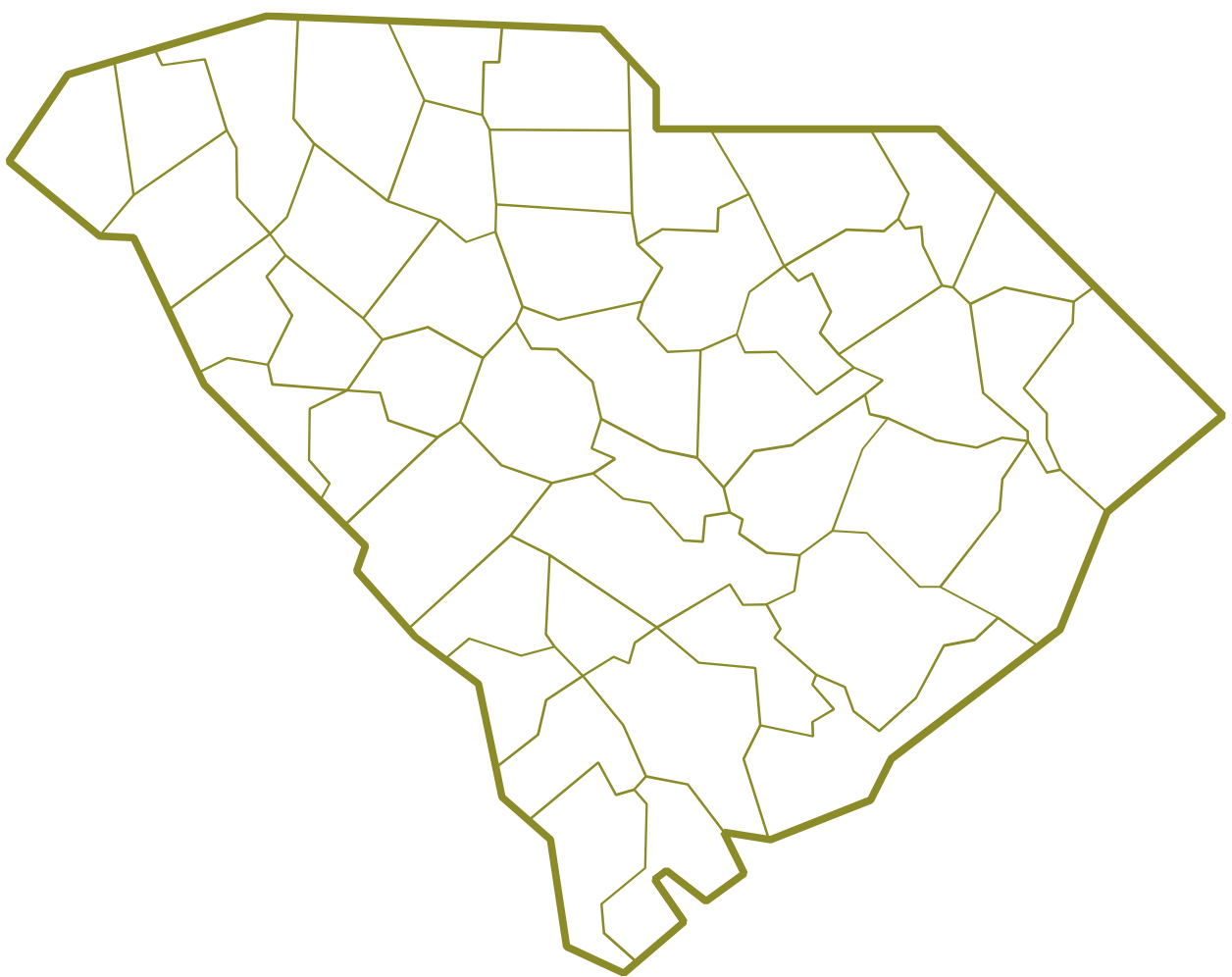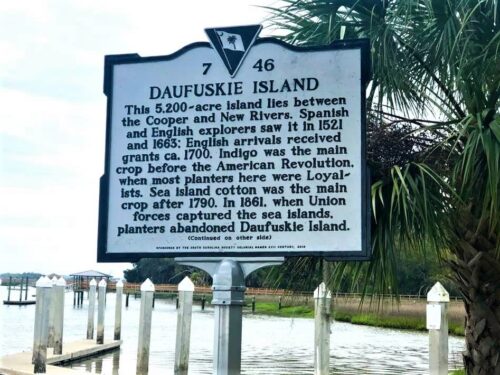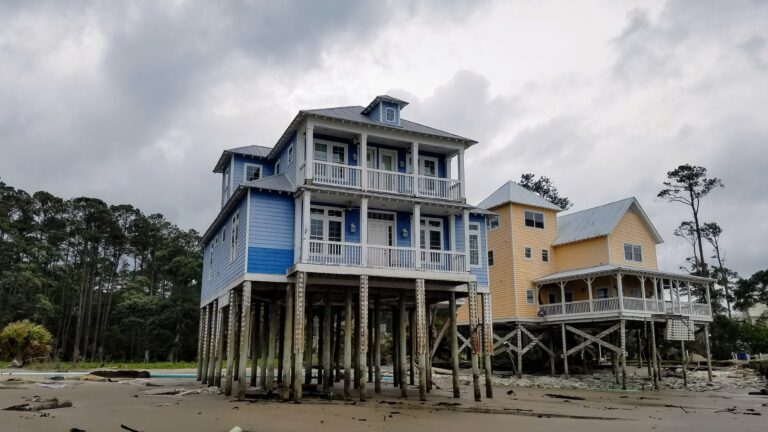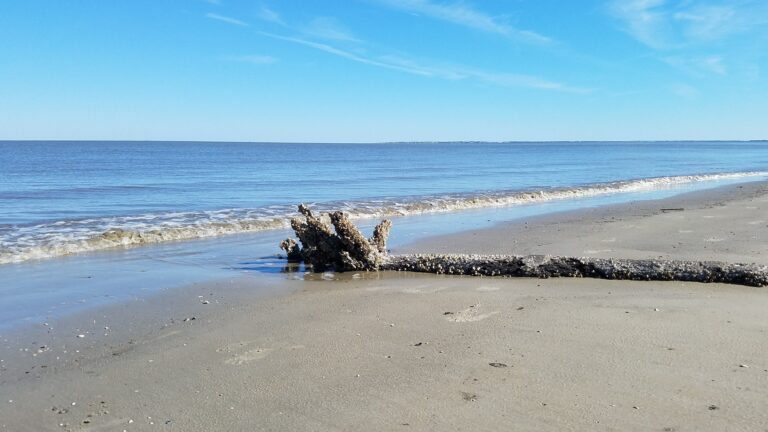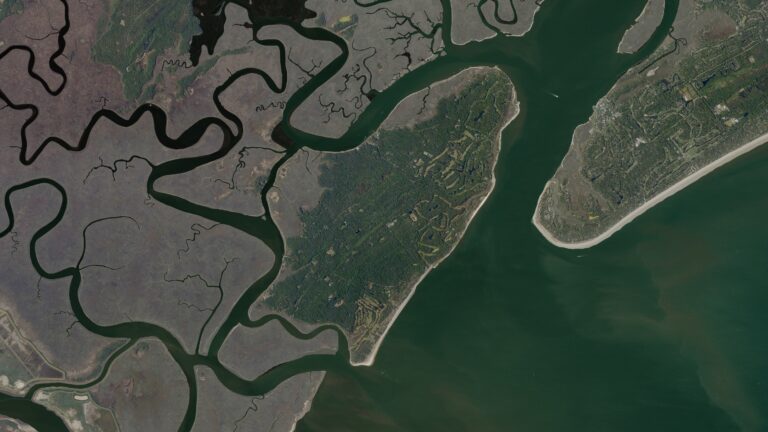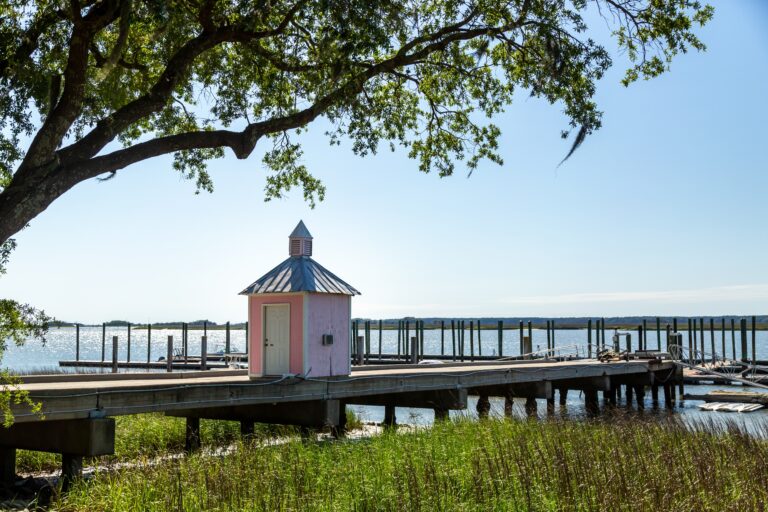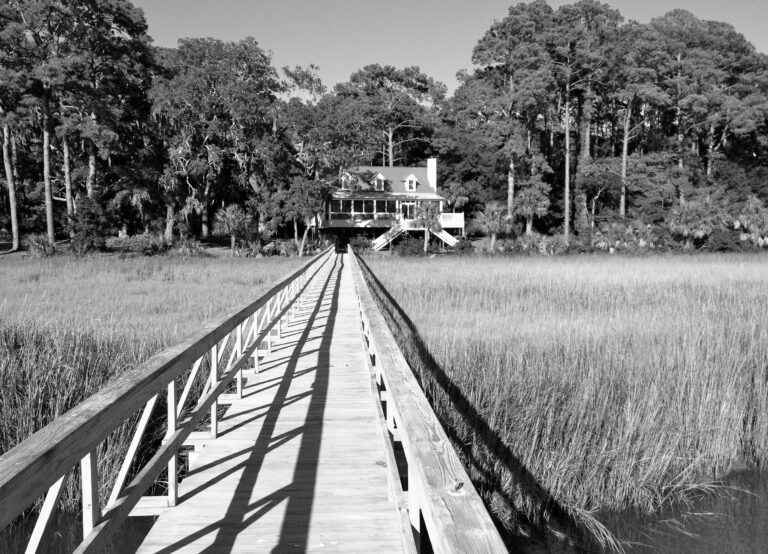Step Inside the Historic Frances Jones Home on Daufuskie Island
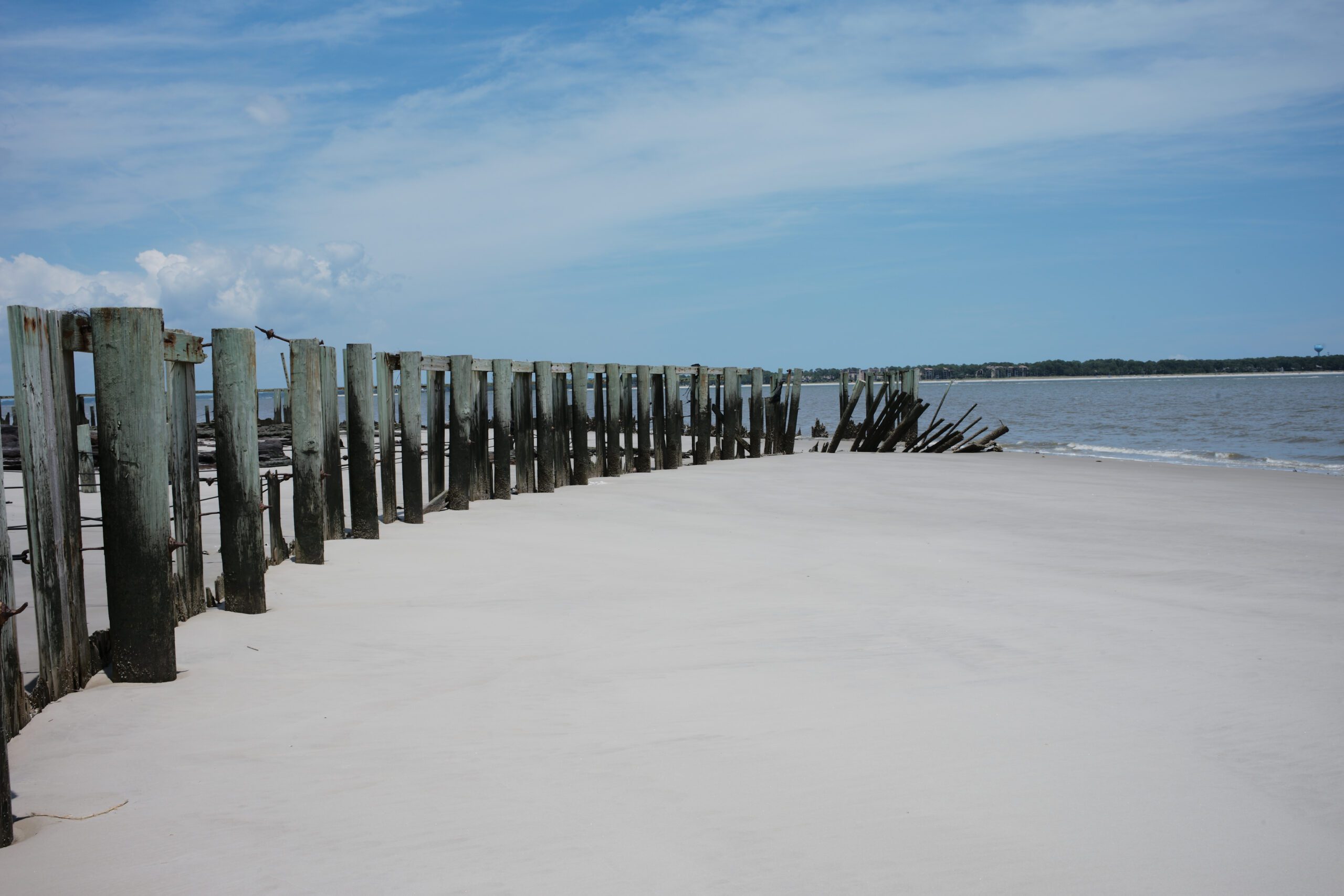
Ever been to an island where you need a boat just to pick up your mail?
That’s Daufuskie Island – a tiny sliver of South Carolina’s Lowcountry where rich African American history and Gullah culture thrives like nowhere else. And right in the middle of it all stands the Francis Jones Home – not just an old house, but a living monument to freedom, education, and the incredible resilience of a community that refused to be forgotten.
I’m diving deep into the story of this special place – from its construction by newly freed slaves to its famous teacher-owner to how you can actually spend the night there today (for real!). Grab your metaphorical ferry ticket and let’s explore one of America’s most unique cultural treasures.
The Francis Jones Home: A Window Into Gullah History
Built by freedom, preserved by passion

The core of the Francis Jones Home dates back to the late 1860s – right after the Civil War when formerly enslaved people settled on Daufuskie Island and began building new lives. This makes it an incredibly rare surviving example of freedmen architecture from that era.
What’s wild is that this house wasn’t built as some grand historical monument. It was just a home. Built by people who had just gained their freedom, using whatever materials they could find and building techniques passed down through generations with roots in West African traditions.
Over the decades, the original structure expanded with additions as families grew and needs changed. But unlike so many historic buildings that get torn down or “modernized” beyond recognition, the Francis Jones Home maintained its cultural and architectural integrity through the years.
Meet Ms. Francis: The teacher who changed an island
Francis Jones wasn’t the house’s first owner, but she’s definitely its most famous. From 1930 to 1969 – that’s 39 years of dedication – she served as a beloved schoolteacher for the island’s African American children.
And let me tell you, this woman was the definition of determination.
Despite a childhood accident that left her with a significant disability, she educated generations of island children, sometimes teaching up to 96 students per day in two separate sessions.
Think about that. No teaching assistants. No photocopiers. No internet. Just one dedicated woman making sure kids got an education when society at large didn’t seem to care much whether they did or not.
From ruin to restoration: Saving a piece of history
By the early 2000s, the Francis Jones Home was in rough shape. Like, “you probably shouldn’t go inside” rough shape. Roof caving in. Floors rotting. The whole deal.
This wasn’t unusual for Daufuskie. Economic shifts had hit the island hard, and many historic Gullah homes were being lost to time and weather. The community that had been there for generations was slowly shrinking.
But in 2014, the Palmetto Trust for Historic Preservation said “not this one” and launched a project to save the house as part of their “Daufuskie Island Endangered Places Program.” The restoration was completed with careful attention to preserving original elements while making the home functional again.
Today, the Francis Jones Home is fully restored and – get this – you can actually stay there as a vacation rental. How cool is that? Not just looking at history from behind a velvet rope, but actually living in it for a few days.
The Bigger Picture: Daufuskie’s Gullah Heritage

An island frozen in time (sort of)
Daufuskie isn’t like other coastal islands. There’s no bridge to the mainland. No cars. To this day, you can only reach it by boat, which has both preserved its character and presented challenges for residents.
This isolation is exactly what allowed the Gullah culture to develop and persist here. The Gullah people (sometimes called Geechee) are descendants of enslaved Africans who worked plantations along the coast. Because of their isolation on the Sea Islands, they were able to maintain stronger connections to their African roots than many other enslaved communities.
Their distinct language (a creole that blends African languages with English), foodways, crafts, and spiritual practices created a unique culture that continues today – though it faces many threats.
More than just one house
The Francis Jones Home doesn’t stand alone in telling the island’s story. Other significant sites include:
- First Union African Baptist Church – Founded in 1881, it’s still an active spiritual center for the community
- Mary Fields School – Made famous in Pat Conroy’s book “The Water Is Wide” (later turned into the movie “Conrack”)
- Numerous historical homes and buildings that showcase the layered history of the island
Together, these sites form a living museum of Gullah heritage that can’t be found anywhere else.
Challenges facing a unique culture
Let’s be real – Daufuskie’s Gullah community faces serious challenges to its continued existence.
The traditional industries that supported the island’s economy – fishing, oyster harvesting, agriculture – have declined sharply. Many younger residents have left for better economic opportunities on the mainland. Luxury developments and vacation homes have changed the island’s character and increased property taxes.
Then there’s the complicated issue of “heirs’ property” – land passed down without formal wills, leaving dozens or hundreds of descendants with shared ownership claims that make it nearly impossible to develop or sometimes even use the property.
The result? A shrinking African American population and the risk of losing cultural memory and traditions.
Experiencing Daufuskie Today

Visit (or stay in!) the Francis Jones Home
If you’re intrigued by this story, you can actually experience it firsthand. The Francis Jones Home is available for short-term rentals, offering a unique chance to immerse yourself in the island’s heritage.
Historical tours of the island typically include the home along with other cultural landmarks. It’s one thing to read about history in a book – it’s another entirely to stand in the rooms where it happened.
Beyond the house: The full Daufuskie experience
A visit to Daufuskie isn’t complete without exploring its other treasures:
- Sample traditional Gullah cuisine (rice dishes, seafood, and unique preparations you won’t find elsewhere)
- Check out the artisan workshops preserving traditional crafts
- Walk the unpaved roads that wind through maritime forests draped in Spanish moss
- Visit the Bloody Point Lighthouse (which despite the dramatic name, is actually quite charming)
What makes the island special isn’t just individual historic sites – it’s the entire atmosphere of a place that operates on “island time” and preserves ways of life that have vanished almost everywhere else.
The Takeaway: Why This Matters

The Francis Jones Home isn’t just an interesting old building – it’s a symbol of what happens when we care enough to preserve stories that might otherwise be lost.
In saving this house, preservationists did more than just fix a roof and walls. They helped ensure that future generations will know about Francis Jones and her dedication to education.
They preserved tangible evidence of how newly freed people built lives for themselves after slavery. And they provided a focal point for understanding and appreciating Gullah culture.
In a world that moves increasingly fast, places like Daufuskie Island and buildings like the Francis Jones Home remind us to slow down and consider the layers of history beneath our feet.
They show us that some of America’s most important stories aren’t found in textbooks or monuments in Washington D.C., but in small, out-of-the-way places where ordinary people did extraordinary things.
That’s worth a boat ride, don’t you think?
